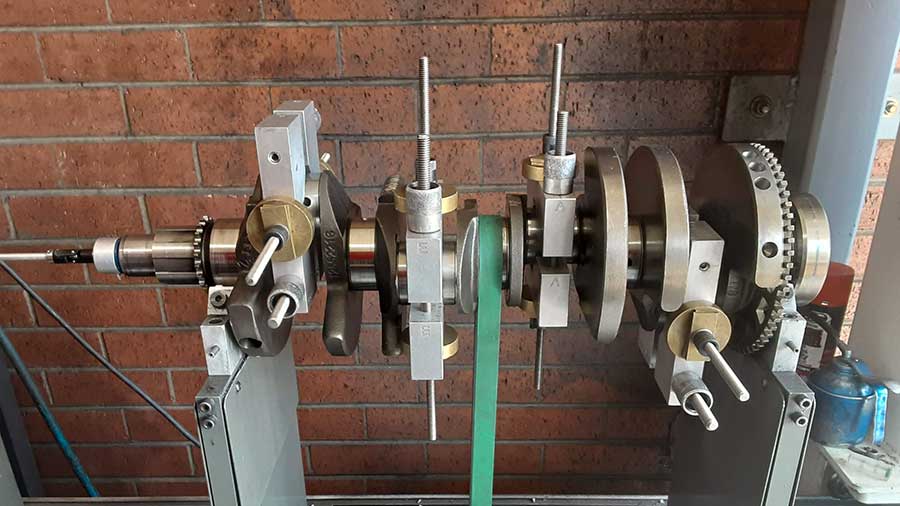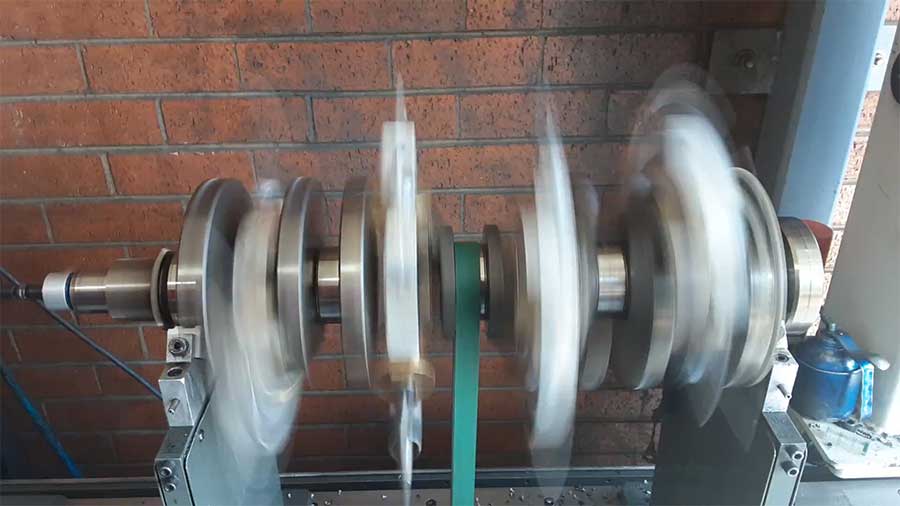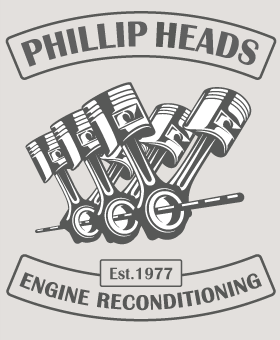Engines Balanced
As your engine wears over time, so do the reciprocating parts that keep it running. Rebalancing your engine requires ensuring all its parts are oiled, weighed, smoothed, and operating correctly. If the rotating components of your engine (crankshaft and the lower half of the connecting rods) aren’t correctly counter-balanced, the crank cannot spin smoothly on its axis, which damages its function.
Engine balancing is not a huge priority for a vehicle with factory parts. It is more intended for drivers looking to optimise performance. When adding customised parts to your vehicle, you use parts not explicitly designed for their make and model. Therefore, it is of the utmost importance they are balanced correctly with the other components in the engine.
Imbalanced engines produce noise vibrations that can be felt through the chassis and drivetrain, regardless of whether you are pushing the car to its limits. Eventually, the effects will wear on your engine and engine mounts. As previously mentioned, engine balancing is not an immediate concern for street vehicles unless you want to maximise performance or prolong the life of the bearings and crankshaft.
Balancing high-performance engines.
Ensuring all engine components work together efficiently and smoothly is essential in high-performance or racing engines. The goal of engine balancing is to achieve a harmonious relationship between the moving parts of an engine, which leads to improved engine performance, longevity, and reduced wear and tear.
The primary purpose of engine balancing is to ensure that the crankshaft and other moving components are as evenly weighted as possible. When an engine rotates, there are forces that act on the crankshaft and the connecting rods that can cause them to flex or vibrate. These forces are a result of the weight and speed of the components, as well as the forces generated by the combustion process.
Engine balancing involves adding or removing weight from various components to achieve perfect symmetry and balance. The goal is to minimize the forces acting on the engine and create a smoother-running engine. During engine balancing, components such as pistons, connecting rods, and crankshafts are carefully weighed, and any differences in weight are corrected. This process ensures that the engine rotates smoothly without any vibrations, which can cause engine damage and reduce performance.
Engine balancing is a critical process in high-performance and racing engines because these engines operate at high RPMs and generate more force and vibration than a standard engine. A balanced engine produces more power; the components last longer because they are not subjected to excessive vibration and wear. Even a tiny imbalance in the engine can cause premature wear and tear on parts, reducing the engine’s life span and performance.
There are two methods for engine balancing: static balancing and dynamic balancing. Static balancing is the process of measuring the weight of each component individually and then adjusting them to ensure that they are all the same weight. Dynamic balancing is a more advanced method that measures the engine’s vibration while running and adjusting based on the data gathered. This method is more accurate and is typically used in high-performance and racing engines.
It is essential to achieve a harmonious relationship between the moving parts of an engine, which leads to improved engine performance, longevity, and reduced wear and tear. A balanced engine produces more power, runs smoother, and lasts longer.
If you are building a high-performance or racing engine, engine balancing is essential in achieving the best possible performance from your engine. It is recommended to have a professional engine builder perform the engine balancing process to ensure the best possible results.



